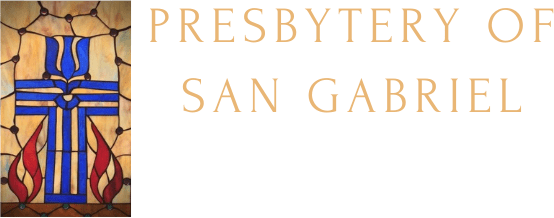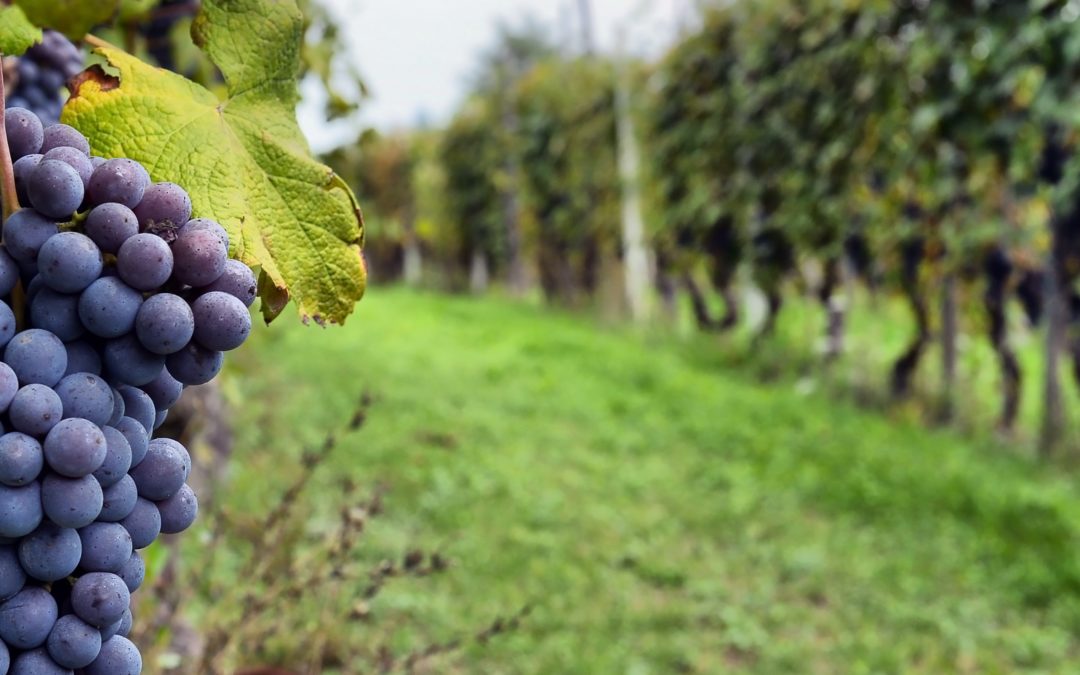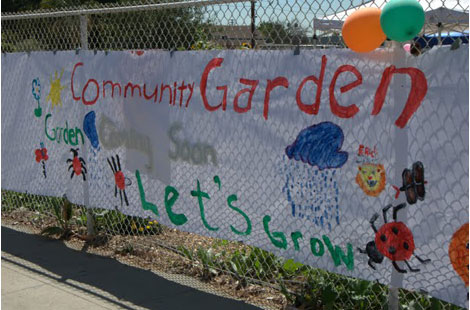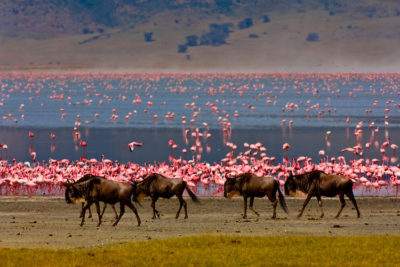
Reflecting on Our Mission’s Relevance
Reflecting on Our Mission’s Relevance
A couple of weeks ago, I gave a summary of the April 21 Presbytery meeting, and I mentioned the approach now being taken by the Vision and Strategy Team (VST).
As a new committee, VST felt the need to develop a stronger shared understanding of their role in the life of the Presbytery. They did this by taking the current mission statement of the Presbytery of San Gabriel, and reflecting on its relevance in guiding their work.
In case you aren’t familiar with it, here is the Mission Statement of the Presbytery of San Gabriel:
To expand the Kingdom of God in the San Gabriel Valley by building a relational Body of Christ that ministers to our congregations, each other, and the world.
- To strengthen, support and equip our congregations in their work of ministry;
- To take time for each other by worshiping, praying, celebrating, supporting and depending upon one another;
- To work for the transformation of the valley by sharing our faith in Jesus Christ, becoming a mosaic of Godly diversity in a deeply divided society, and by demonstrating our faith by engagement in public life.
I was invited to sit in as VST deliberated their own vision statement for their work together. One of the concerns that we noticed is that the first two bullet points in the current mission statement view ministry internally, suggesting that the Presbytery’s work is limited to current congregations. Of course our primary concern is to be supportive of and responsive to our congregations, and to ensure that they have the opportunity to know about and contribute to decisions that impact them. But what if we don’t have congregations in a particular area, or they are not equipped to serve that community in its current state of diversity? Is it enough to focus our efforts only on existing congregations?
We also felt that the current mission statement is too long for a mission statement. You probably have heard guidelines that say a mission statement must be short-usually just one sentence-and easy to repeat and compelling to hear. During the discussion, someone noticed that while the first two points seemed more tactical in nature, the third point seemed more like a vision for the mission Jesus Christ called us to. We are not simply to serve our own, but to seek to proclaim the love and saving grace of Jesus to all in our region, in this case San Gabriel Valley. VST’s role is to review our ministry coverage for the region, and to nurture new ministries or help redevelop existing congregations where our coverage is thin or insufficient.
And how would VST assess whether we are providing that ministry coverage, and if someone approaches them for aid, how are they to determine whether it’s a good investment of limited resources to fund that particular project?
It seemed that this last statement contained the elements of what it means to be a vital ministry or congregation in San Gabriel Presbytery. So as we consider how we’re doing as congregations and as a presbytery, we should ask ourselves and each other . . .
–Are we a transformational presence in our communities?
–The best way to become God’s transforming presence is by making disciples of Jesus Christ, who know and share and live out the Gospel to neighbors and friends. How are our members able to share their faith and live and love as Jesus calls us?
–Are we reflecting God’s creativity-and God’s desire for shalom across worldly boundaries-so that we can celebrate and demonstrate the love of people who are siblings in Christ, born in every hue of skin color and/or bringing diverse perspectives on faith and mission.
–And are we using our faith and gifts not only to serve our own, but to bring God’s love into the public space as well?
I believe there is value for all of us to consider these three metrics as guidelines for healthy ministries and congregations. Are we making faithful disciples of Jesus Christ? Are we reflecting God’s will for all believers to join as one body of Christ that reflects God’s creativity and call for love across boundaries? And are we willing to move our faith to more than Sunday worship by demonstrating our faith in public life?
These are characteristics of a vibrant, well-rounded, Reformed community of faith, and I am thankful to VST for giving new life and focus to our existing mission statement. We can use this statement to guide our discernment when reviewing or investing in healthy ministries-discipleship, Godly diversity, engaging with the world. Wouldn’t it be a beautiful transformation for our home in San Gabriel Valley if our churches were fulfilling these three roles of vital ministry? I pray you can look at your own church and consider how we are doing in relation to this vision.
In peace, love and hope, Wendy






